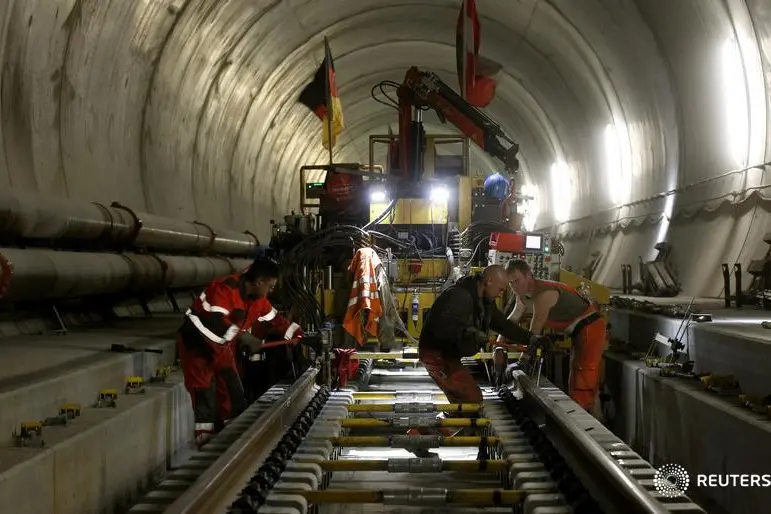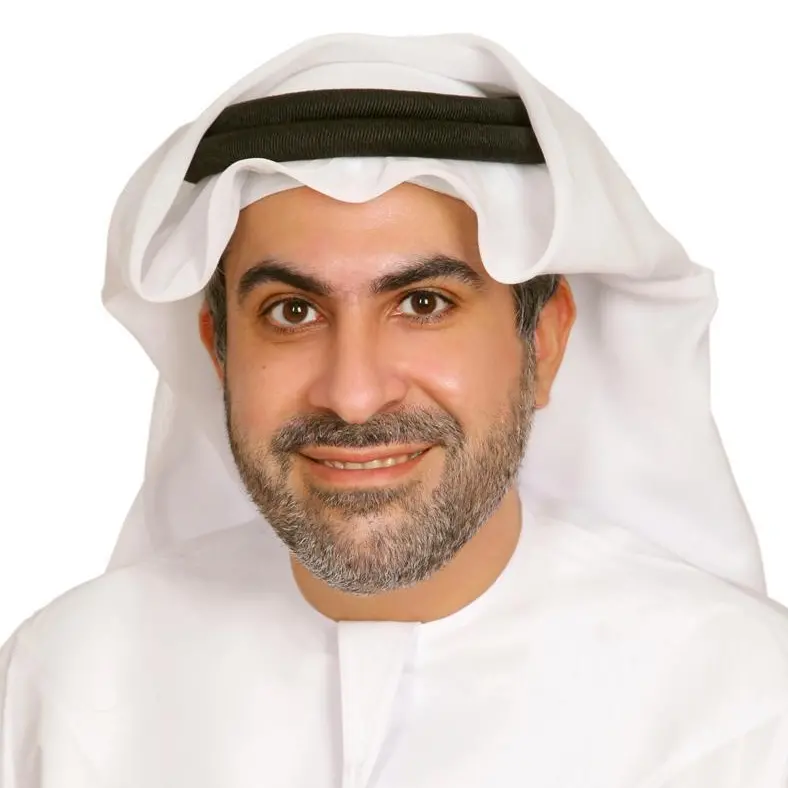PHOTO
BEIRUT: The rusting skeletons of Lebanons railway emerge unexpectedly amid litter and overgrown vegetation in various hidden spots of Beirut. If the Ottoman-era trains once symbolized the rise of Lebanon and its capital, today they incarnate the debate on how to preserve the memory of its heyday. As talks of resurrecting a rail network in the country gathers steam, actors concerned about the welfare of old trains do not appear to agree on the best retirement home for these iconic iron hulks.
The trend of capitalizing on heritage by converting historic homes or locations into nightlife venues has been growing in Beirut in recent years, with a number of old French- and Ottoman-mandate mansions taking on a new life as restaurants and cafes. However, when it comes to trains, similar solutions are the object of heated discussions.
In Mar Mikhael, [a] Swiss train is being ignorantly used as DJ set, Elias Boutros Maalouf, founder of the NGO Train/Train, told The Daily Star. While the organization strives for the construction of a new railway system in Lebanon, it also firmly advocates for the physical protection of the old locomotives.
The same train that now lies neglected in Mar Mikhaels old station is also proudly showcased in Lebanons black-and-white postcards from the end of the 19th century. In 1881, when construction of the railway system began, the train was custom-built by Switzerland to fit the rail tracks connecting Beirut to Damascus. The particular peculiarity of these trains lies in the fact that they were expressly manufactured by countries such as Switzerland and Germany to fit the 105-centimeter tracks that run between Beirut and Damascus, resulting in the creation of what have now become rare objects.
More importantly, the particular train now in Mar Mikhael was tasked with constructing the track itself. They didnt have trucks [at the time] they used the train to build the rails in front of it while carrying the material necessary for its construction, Boutros Maalouf said.
He estimated that there were 15 different types of such trains in Lebanon, with only a few examples remaining outside the country.
Of the over 5,000 so-called GA trains manufactured in Germany, 10 have survived the times in Lebanon, while only three exist in the rest of the world. They should be part of the UNESCO World Heritage because several countries were involved in building [them], Boutros Maalouf said.
In 2014, the Mar Mikhael site was transformed into a new outdoor venue that attracted partygoers with its iconic name, Trainstation. Boutros Maalouf and the members of his organization, which includes architects and engineers, called for a boycott of the nightclub.
The NGO also argued that the venue caused physical damage to the train by welding a DJ set, a sink and other appliances directly onto the locomotive. However, the projects designer rejected the claim.
When we had the chance to take up this space, all we wanted to do was highlight the train, Ala Hadid, Trainstations curator, told The Daily Star. The train has not been touched at all. We gave this poor thing a new life.
Hadid claimed Trainstation managed to open a site that had been closed to the public and to attract hordes of Lebanese visitors who had never seen their railway heritage.
Do a museum, lets see how many people will come, Hadid said, adding that entertainment is the best way to spark the interest of the Lebanese. Traditional places are disappearing to make space for a new Dubai that will never be, Hadid said. Simply putting Lebanese heritage behind glass would not attract the interest of the public, he believes. How many Lebanese actually went to the National Museum? he asked rhetorically.
However, Hadid admits that raising awareness about the trains history and cultural heritage is a task the nightclub has not achieved in its three years of operation. One solution could be to transform the site into a museum by day and a club at night, he suggested. Maybe then, the two parties could reconcile.
Ziad Nasr, director-general of the Railways and Public Transport Authority at the Public Works and Transport Ministry, told The Daily Star that projects to construct a new railway were still being discussed. As for the old trains, Nasr said the best option would be to establish museums, but that obtaining funds to do so was going to be hard. They do have a certain value, historical and cultural, so definitely we want to preserve them, Nasr said.
While the trains have, for the moment, been placed in secured areas, they are still are not being restored or shielded from nature. However, should the talks about a new railway turn into action, finding the appropriate retirement formula for the old trains would perhaps put them back on track toward a better future.
Copyright 2017, The Daily Star. All rights reserved. Provided by SyndiGate Media Inc. (Syndigate.info).












